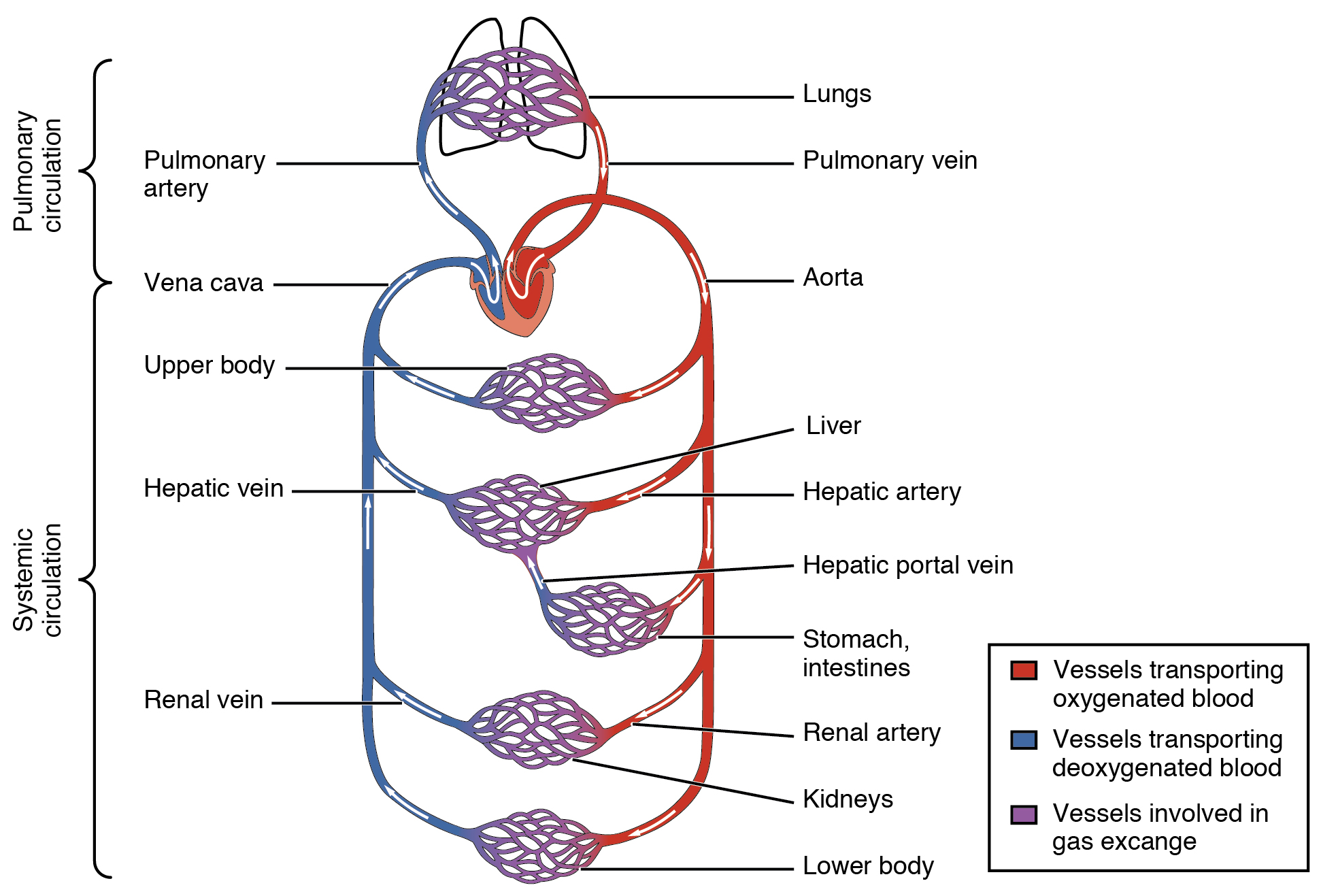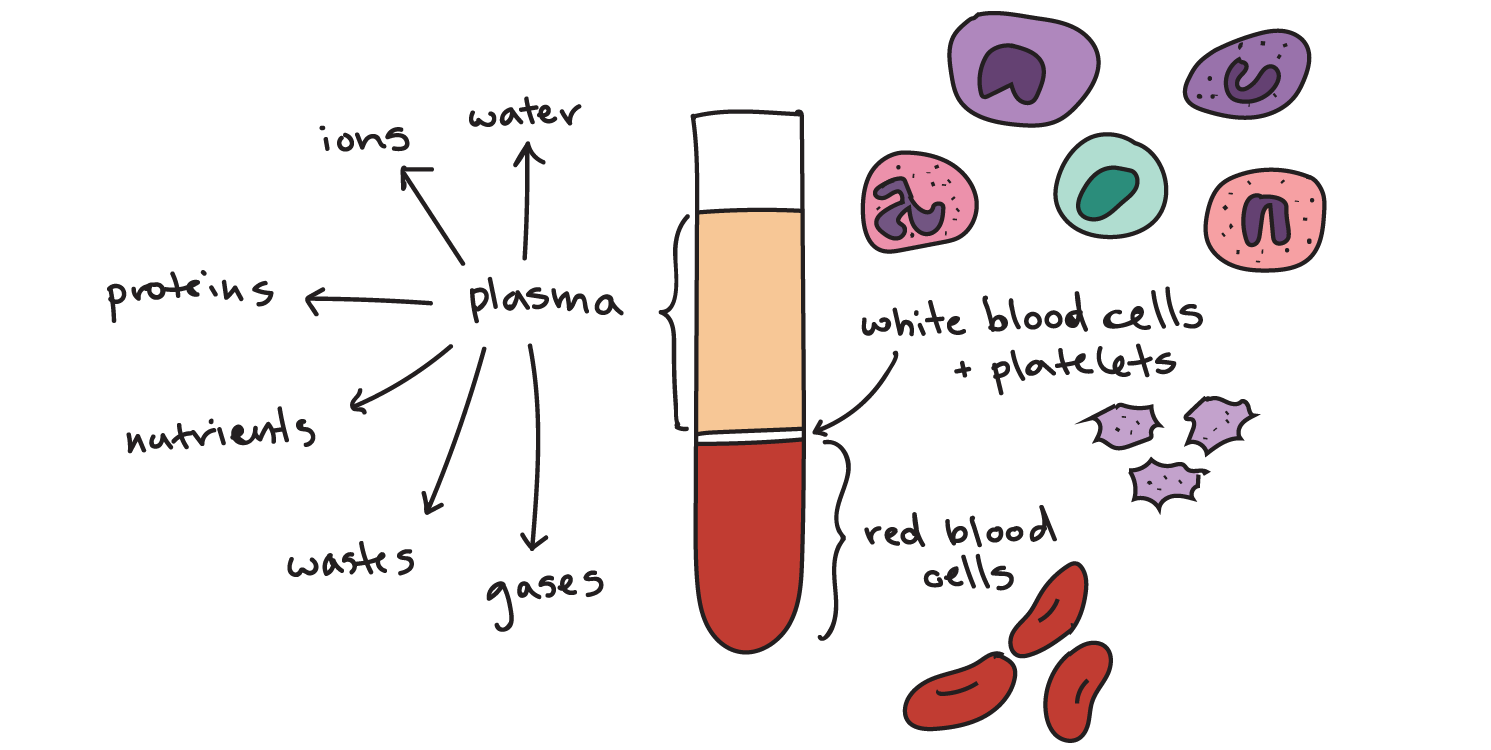Plasma Proteins That Remain in the Blood Capillaries Help to
9 How does plasma maintain blood pressure. Plasma proteins that remain in the blood capillaries help to.

Urinary System In 2021 Nursing School Notes Medical Knowledge Medical Laboratory Science
After filtrate leaves Bowmans capsule it is modified by reabsporption and secretion.

. The process of moving substances in the filtrate. Blood entering the glomerular capillaries is filtered into Bowmans Capsule from where it enters the remainder of the nephron. In normally circulating blood the proteins cannot leave the bloodstream easily and thus tend to remain in the blood.
10 Is fibrinogen a plasma protein. Filtration of blood through the glomerular barrier known as Glomerular Filtration is the first step in the process of urine formation. Plasma proteins that remain in blood capillaries help to maintain the osmotic pressure of the_____ Blood.
8 How do plasma proteins help in the maintenance of osmotic pressure. 12 Plasma proteins that remain in the blood capillaries help A maintain the osmotic pressure of the blood. Maintain the osmotic pressure of the blood.
Which type of blood vessel holds the greatest volume of blood. Plasma proteins that remain in the blood capillaries help Select one. The plasma proteins suspended in blood cannot move across the semipermeable capillary cell membrane and so they remain in the plasma.
Decrease the osmotic pressure of the blood. It therefore attracts water. But if stasis blood flow stoppage occurs the proteins will begin to leak out into the interstitial fluid IF.
13 What is blood colloid. Under normal conditions blood cells remain in the capillary so that the filtrate is composed only of water and dissolved solutes. Decrease the hydrostatic pressure of the blood.
What are the aortic branches. The glomerular barrier is highly permeable and nearly 20 of the plasma volume. Filtrate that remains in the lumen at the end of the nephron is excreted as urine.
The amount of blood that flows into capillaries is regulated by. Plasma proteins that remain in the blood capillaries help best to. Maintain the hydrostatic pressure of the blood WRONG answer but I do not know the correct one.
C maintain the hydrostatic pressure of the blood. The first vessel s to branch from the aorta is are the. Maintain the osmotic pressure of the blood.
7 How does plasma protein help maintain blood fluid quizlet. B decrease the osmotic pressure of the blood. 3 maintain the hydrostatic pressure of the blood.
2 The high blood pressure at the arterial end of a capillary network results in some components of blood leaving the capillaries and forming tissue fluid. Increase the osmotic pressure of the blood. Maintain the hydrostatic pressure of the blood.
What do plasma proteins that remain in the blood capillaries help. Why cant plasma proteins shift from capillaries to connective tissue but WBCs can be very rich in connective tissue even though obviously the WBCs had to go through capillaries. 2 decrease the osmotic pressure of the blood.
Plasma proteins that remain in the blood capillaries help A maintain the osmotic pressure of the blood. D decrease the hydrostatic pressure of the blood. As a result blood has a higher colloidal concentration and lower water concentration than tissue fluid.
Plasma proteins that remain in the blood capillaries help to -. 11 Which of the following provides colloid osmotic pressure. In alveolar sacs neutrophils are there in the lumen despite the presence of epithelia of alveolar sacs and it can only reach there via capillaries.
The brachiocephalic artery the right common carotid artery and the right subclavian artery. By far the protein with the greatest contribution to the colloid osmotic pressure in the plasmacapillary space is albumin 218 mm Hg followed by globulins 6 mm Hg and then fibrinogen 02 mm Hg giving a total colloid pressure of 28 mm Hg to move fluids inward. At the venous end the presence of plasma proteins allows movement of water by osmosis back into the capillaries.
3rd vessels- left acromion coratic left supreme. Plasma proteins that remain in the blood capillaries help to 1 maintain the osmotic pressure of the blood. Maintain the hydrostatic pressure of the blood.
Decrease the osmotic pressure of the blood. The density of capillaries within a tissue varies directly with the tissues rate of_____ Metabolism. Its effect on capillary exchange accounts for the reabsorption of water.
Plasma proteins that remain in blood capillaries help to. 12 What organ secretes Most of the plasma proteins. Molecules within the blood are forced out through the walls of capillaries as a result of osmotic pressure.
Explain why this leads to edema. B decrease the osmotic pressure of the blood. 21 is a diagram showing a capillary network.
C maintain the hydrostatic pressure of the blood. Anatomy and Physiology questions and answers. Decrease hydrostatic pressure to blood.
Maintain the osmotic pressure of the blood. Plasma proteins that remain in the blood capillaries help to maintain the osmotic pressure of the blood. E increase the osmotic pressure of the blood.
Under normal conditions capillary blood pressure is always. Plasma proteins such as albumin have an osmotic effect. Correct Answer maintain osmotic.
D decrease the hydrostatic pressure of the blood.

Structure And Function Of Blood Vessels Anatomy And Physiology

Solved Plasma Proteins That Remain In The Blood Capillaries Chegg Com

0 Response to "Plasma Proteins That Remain in the Blood Capillaries Help to"
Post a Comment